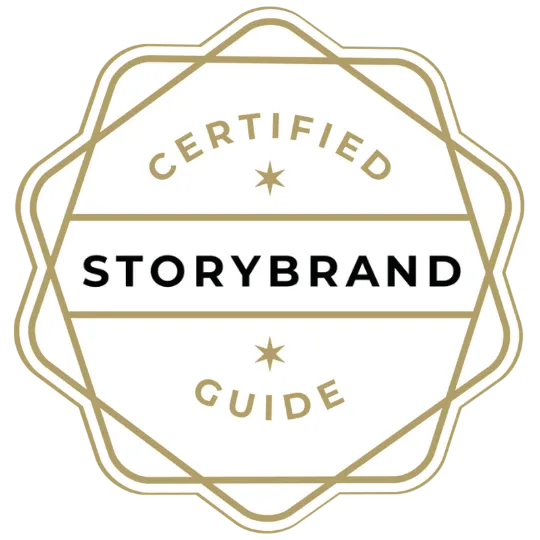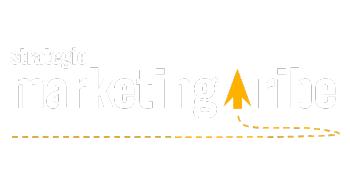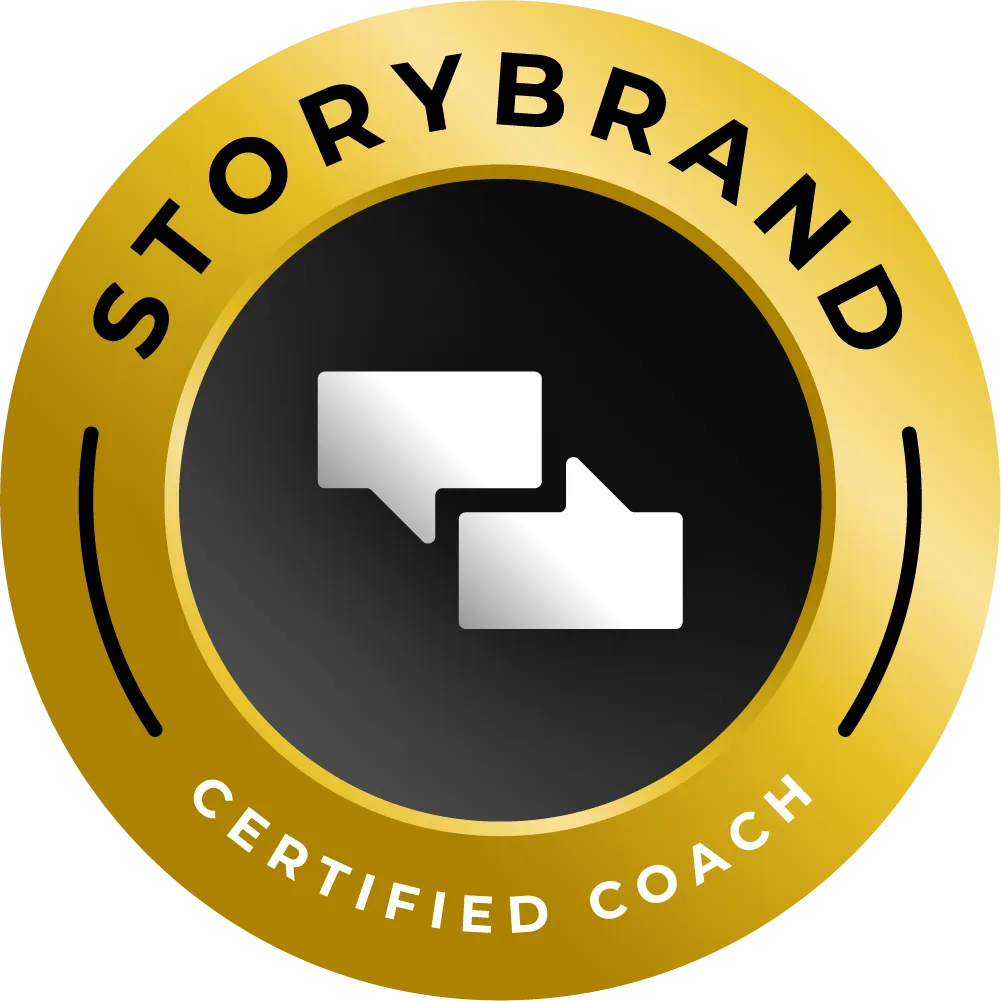NEWS, MEET STRATEGY
Real news, real insights – for small businesses who want to understand what’s happening and why it matters.
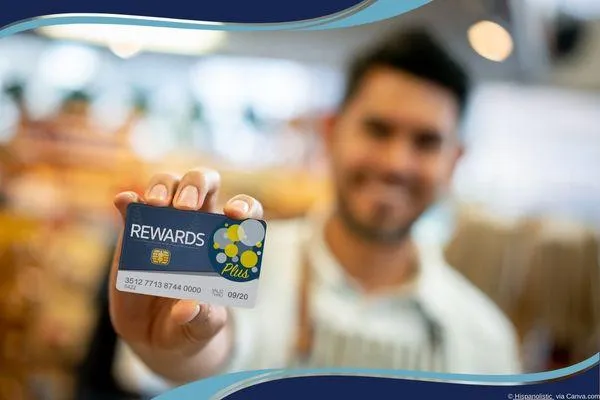
Loyalty Marketing Tips From SA’s Top Rewards Experts
By Vicky Sidler | Published 23 August 2025 at 12:00 GMT+2
Loyalty isn’t just a programme. It’s a strategy. And like any strategy, it works best when it’s clear, consistent, and genuinely relevant.
Confession time: I have a loyalty card for every grocery store in South Africa. Spar, Checkers, Pick n Pay, Woolies—you name it, I’ve got it. And yes, I regularly hand over the wrong one at the till. The truth? I’m not deeply loyal to any of them. I just want to make sure I get the best deal wherever I happen to be.
If that’s how your customers feel about your brand, your loyalty programme needs to work harder.
Recent research from The Loyalty Effect report—based on Everlytic’s top-performing rewards mailers of the past year—shows that the best loyalty campaigns aren’t just about points and perks. They’re about simple structures, real relevance, and the kind of trust you build over time.
TL;DR
Keep your rewards structure simple and clear
Use personalisation that’s genuinely useful
Tie rewards to purposeful actions and instant value
Test and tweak campaigns for ongoing improvement
Email still beats other channels for loyalty engagement
Need help getting your message right? Download the 5-Minute Marketing Fix.
Table of Contents
Loyalty Marketing Tips From SA’s Top Rewards Experts
Purpose-Driven Rewards Build Trust:
The Channel That Still Pulls Ahead:
AI Visibility: What ChatGPT, Google AI, and Perplexity Cite Most
LLM Visibility: The SEO Shift You're Missing
Customer-Centric Marketing & Tech: How Small Businesses Are Winning in 2025
Your Customers' Attention Spans Now Last 40 Seconds
Trust in News Hits New Lows—Why It Matters for Your Marketing
Frequently Asked Questions (FAQs)
What is The Loyalty Effect report?
Why is simplicity important in a loyalty programme?
How can I make my loyalty programme more relevant?
What does “purpose-driven rewards” mean?
Why is testing so critical for loyalty campaigns?
Why Simplicity Still Wins:
Craig Small of Clicks Rewards put it bluntly: if your customers don’t understand your programme, they won’t use it. That means no overcomplicated points tables, no vague “exclusive” perks that require a law degree to interpret (looking at you, eBucks…).
Clicks keeps it simple and relevant by offering personalised health and beauty deals that fit everyday needs. It’s not flashy. It’s just useful. And that’s why it works.
Purpose-Driven Rewards Build Trust:
Dr. Nceba Hene from African Bank showed how linking rewards to responsible behaviours—like saving or budgeting—turns a loyalty programme into a trust-builder.
When customers see that you’re rewarding them for smart financial habits, they feel like you’re on their side. Add instant gratification into the mix (no waiting three months for rewards to clear), and engagement spikes.
Test, Learn, Repeat:
Katie Alomia from Old Mutual Rewards has the trophies to prove that small changes can make big differences.
Her advice:
Test subject lines
Test send times
Test messaging angles
Data-driven tweaks keep your campaigns sharp and your audience opening.
The Channel That Still Pulls Ahead:
Despite all the hype about social and apps, email still drives the most efficient loyalty engagement—when done right.
Why?
It’s direct
It’s personal
It’s measurable
With the right triggers and emotional pull, email outperforms other channels without demanding constant algorithm chasing.
Your Takeaway:
Whether you’re running a points club or a VIP rewards system, the core principles are the same:
Make it easy to understand
Keep it genuinely relevant
Deliver on your promises every time
And if you want your loyalty programme to be more than just a marketing expense, start by making your brand message clear. That’s the part most loyalty emails get wrong.
Need help? Start with the 5-Minute Marketing Fix—it’ll help you craft a single, sharp line that makes customers want to stay.
Related Articles
AI Visibility: What ChatGPT, Google AI, and Perplexity Cite Most
If your loyalty programme relies on personalised messaging and email campaigns, this article will help you understand how AI tools are changing customer research behaviour — and how that impacts whether your brand gets mentioned before customers even visit your website.
LLM Visibility: The SEO Shift You're Missing
Loyalty emails work best when people actually see them — and this piece shows how AI-driven search is changing discovery patterns. Learn why your loyalty messaging should be optimised for AI visibility, not just Google rankings.
Customer-Centric Marketing & Tech: How Small Businesses Are Winning in 2025
Reinforces the loyalty article’s key points on email effectiveness and personalisation. Shares practical ways to keep your marketing relevant and customer-focused in a crowded digital space.
Your Customers' Attention Spans Now Last 40 Seconds
Explains why keeping your loyalty programme “simple and clear” is critical. With only 40 seconds to capture attention, overcomplicated reward structures risk losing customers before they engage.
Trust in News Hits New Lows—Why It Matters for Your Marketing
Explores the broader trust crisis affecting all communications and offers actionable ways to build authentic messaging — essential for loyalty programmes that rely on long-term relationships and delivering real value.
Frequently Asked Questions (FAQs)
What is The Loyalty Effect report?
It’s an in-depth research study by Everlytic, developed with Breadcrumbs Linguistics, analysing the 20 best-performing rewards-based email campaigns of 2024. The report reveals what worked, why it worked, and how you can apply those strategies to your own loyalty marketing.
Why is simplicity important in a loyalty programme?
If customers don’t understand how your rewards work or can’t see the value quickly, they won’t engage. Simple structures make it easy for members to participate, redeem rewards, and stay active in your programme.
How can I make my loyalty programme more relevant?
Use customer data to personalise offers that meet real needs. As Craig Small from Clicks Rewards highlighted, personalisation only matters if it’s useful — for example, tailored health and beauty offers for a retail audience.
What does “purpose-driven rewards” mean?
Purpose-driven rewards are incentives tied to behaviours that align with customer wellbeing or long-term goals. For example, African Bank rewards actions like saving or budgeting, which builds trust and reinforces brand values.
Why is testing so critical for loyalty campaigns?
Small, data-driven changes can have a big impact. Testing subject lines, send times, and messaging helps you refine your approach and improve engagement over time.
Is email still effective for loyalty marketing?
Yes. Despite the rise of social media and apps, email remains one of the most efficient and measurable channels for loyalty engagement — especially when combined with behavioural triggers and emotional appeal.
How do I start improving my loyalty marketing today?
Begin by clarifying your brand message so customers instantly understand your value. Use tools like the5-Minute Marketing Fix to create a clear, compelling one-liner that supports all your loyalty communications.
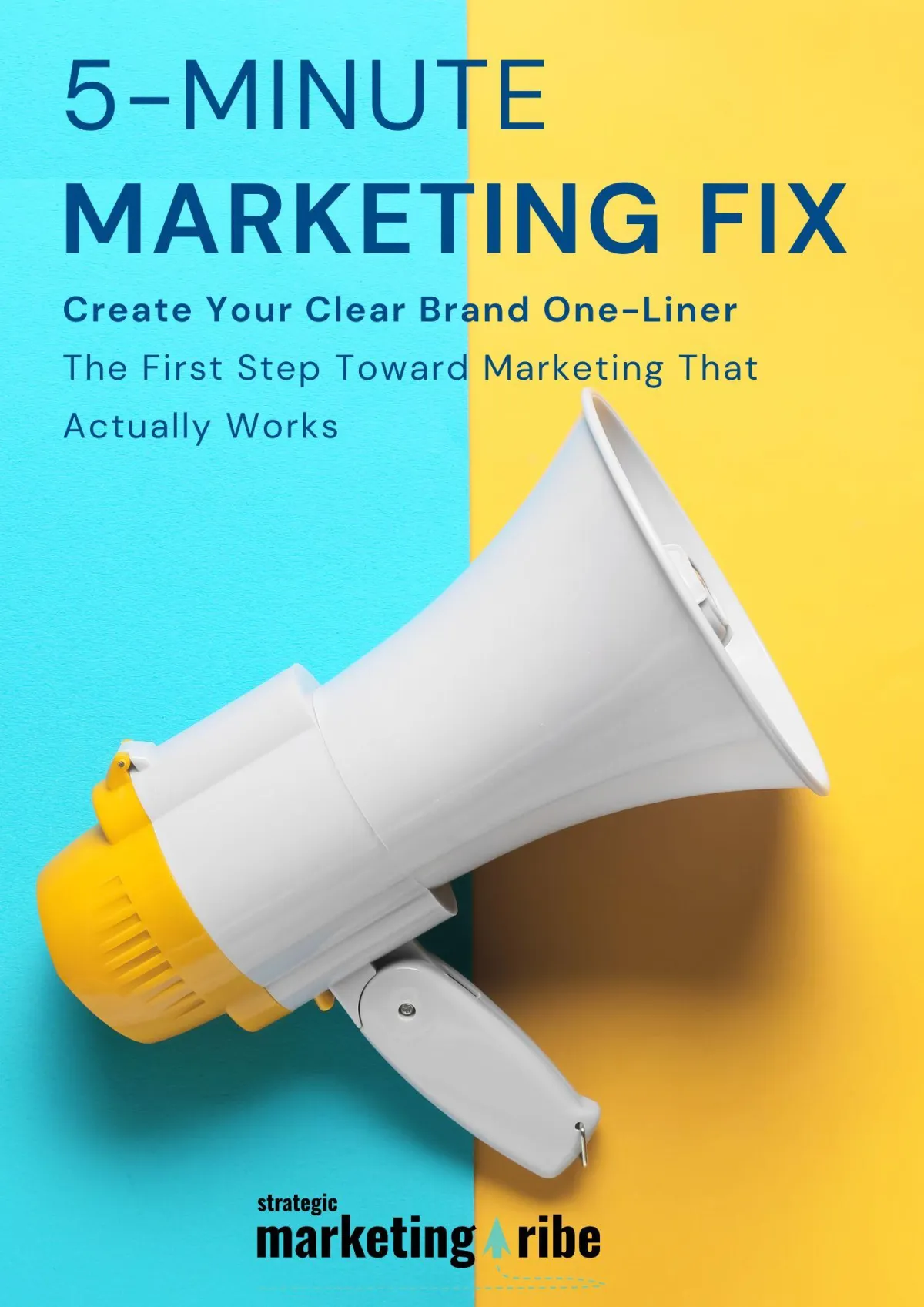
Created with clarity (and coffee)
